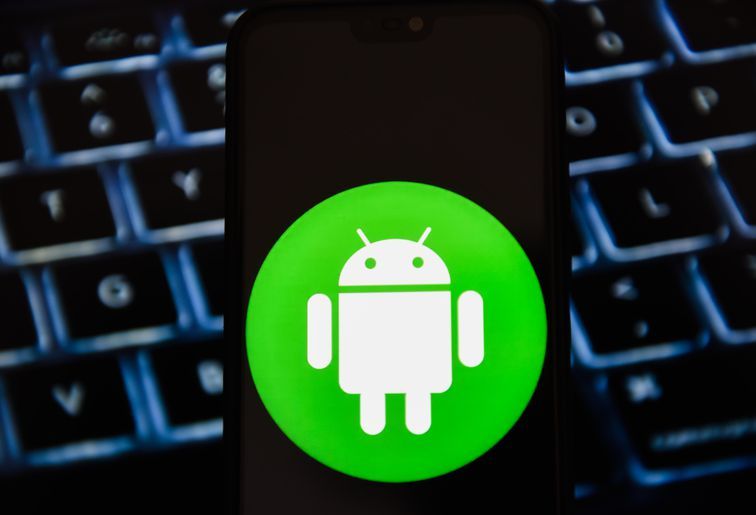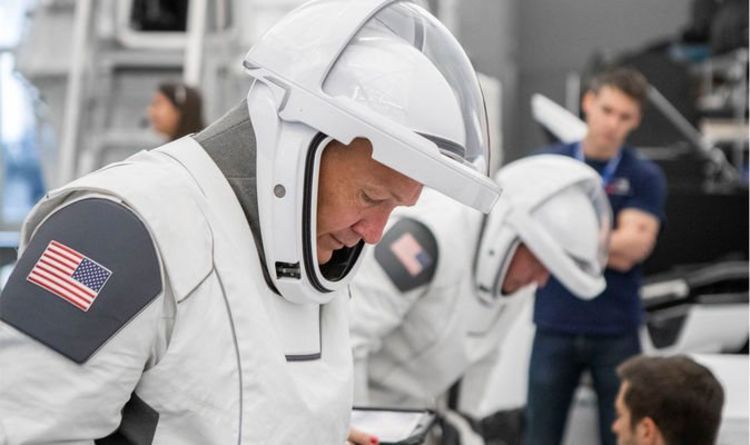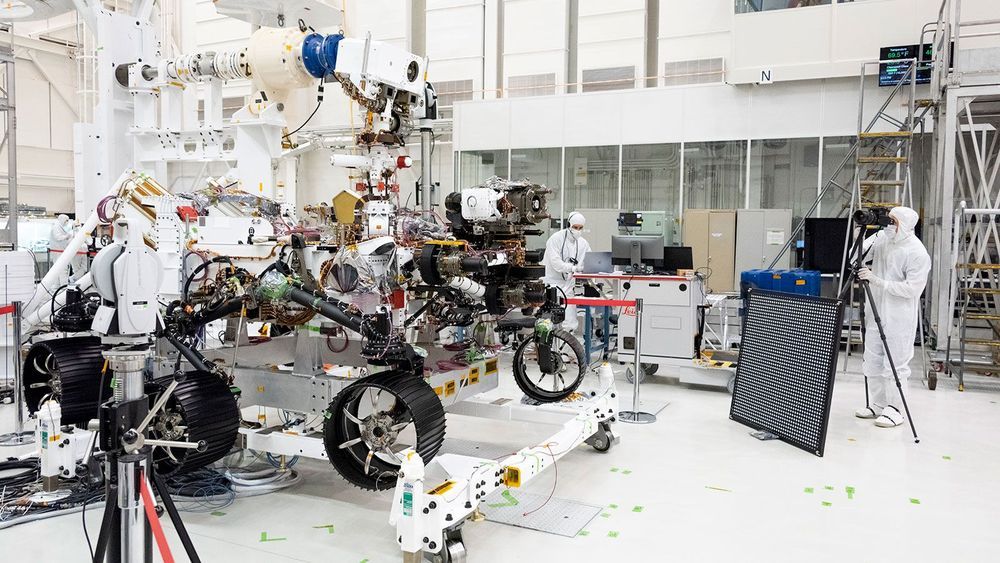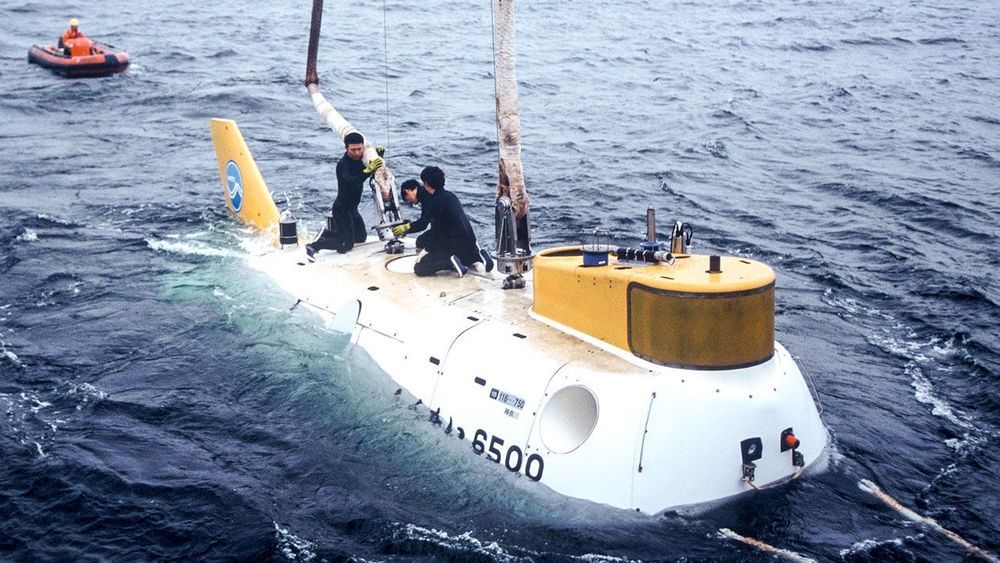The Android Security team’s former tech lead, who’s now a security researcher on Google’s Project Zero, breaks down why.



Of the 1,500 active volcanoes worldwide, about 6 percent of them erupt each year, or 50 to 85. Less than half of all volcanoes have sensors, and even fewer are considered well-monitored, the result of high costs and difficulty in maintaining equipment in such unforgiving environments. Volcanoes that are considered dormant rarely have any monitoring, despite surprises like the 2008 eruption of the Chaitén volcano in Chile after 8,000 years of inactivity.
Now, volcanologists are turning to satellite imagery and artificial intelligence to keep a closer eye on more volcanoes and, eventually, forecast eruptions. MOUNTS (Monitoring Unrest from Space), currently tracks 18 volcanoes, including Mount Fuego in Guatemala and Mount Etna in Italy.
With 800 million people living within 62 miles of an active volcano, there are plenty of reasons to increase monitoring.

NASA’s two astronauts will one day fly to the International Space Station (ISS) onboard a SpaceX Crew Dragon capsule. The SpaceX spacecraft is a modified version of the Cargo Dragon capsule, the rocket manufacturer uses to deliver supplies to the ISS. Developed for NASA’s Commercial Crew Programme, part of SpaceX’s launch package includes sleek and futuristic spacesuits. But before NASA’s astronauts can take the Dragon into space, the two men had to go through a dress rehearsal of launch day operations.

When it comes to detecting whether an image or video is fake, it’s the little mistakes that matter, and to help with the sleuthing, the Defense Advanced Research Projects Agency wants to improve what it calls “semantic forensics.”
The agency announced this week that it plans to hold a proposers day on Aug. 28 to give more information on an anticipated Semantic Forensics (SemaFor) Broad Agency Announcement. It’s the latest expression of DARPA’s interest in countering the chaos-inducing potential of “deepfakes” — the practice of using artificial intelligence to manipulate audio, video, text or photo files.
The SemaFor program, DARPA says, will explore ways to get around some of the weaknesses of current deepfake detection tools. The statistical detection techniques used in the past have been successful to date, but those tools won’t always have the upper hand.
With exclusive access, this eye-opening series reveals the latest military innovations which are shaping the present and future of the armed forces. Each informative episode features must-see inventions and life-saving gadgets.
This episode shows how simulations are giving RAF pilots the winning edge, how the revolutionary X-Plane blends fixed wing and helicopter technology and how 3D printing is becoming a world-changing industry.
Content Provided By TVF International. Any Queries Please Contact Us at [email protected]
Follow us on Facebook: https://www.facebook.com/SparkDocs/
Follow us on Instagram: https://www.instagram.com/spark_channel/?hl=undefined

No glasses needed! 🤓After a visit from our rover ‘optometrist’, #Mars2020 checks out with 20/20 vision. Equipped with several high definition cameras, our new red planet rover will acquire panoramic 3D image data, examine soil for life and more! Check it out:
Equipped with visionary science instruments, the Mars 2020 rover underwent an “eye” exam after several cameras were installed on it. The rover contains an armada of imaging capabilities, from wide-angle landscape cameras to narrow-angle high-resolution zoom lens cameras.
This image, taken in the Spacecraft Assembly Facility’s High Bay 1 at the Jet Propulsion Laboratory in Pasadena, California, on July 23, 2019, shows a close-up of the head of Mars 2020’s remote sensing mast. The mast head contains the SuperCam instrument (its lens is in the large circular opening). In the gray boxes beneath mast head are the two Mastcam-Z imagers. On the exterior sides of those imagers are the rover’s two navigation cameras.
July 20, 2019 marked the 50th anniversary of the Apollo 11 moon landing. Navy Veteran Neil Armstrong, and Air Force Veterans Buzz Aldrin and Michael Collins manned the mission.
The National Air and Space Museum displayed full-motion projection-mapping artwork on the Washington Monument. The 17 minute long show, “Apollo 50: Go for the Moon”, included a true-to-scale 363 foot Saturn V lift off, various stages of the rocket separation, the lunar landing, the first step on the moon, re-entry, and splash down back to earth.
To read more about the Apollo 11 crew, visit https://www.blogs.va.gov/VAntage/63407/veteranoftheday-apollo-11-crew/

Researchers have developed a soft neural implant that can be wirelessly controlled using a smartphone. It is the first wireless neural device capable of indefinitely delivering multiple drugs and multiple colour lights, which neuroscientists believe can speed up efforts to uncover brain diseases such as Parkinson’s, Alzheimer’s, addiction, depression, and pain. A team under Professor Jae-Woong Jeong from the School of Electrical Engineering at KAIST and his collaborators have invented a device that can control neural circuits using a tiny brain implant controlled by a smartphone. The device, using Lego-like replaceable drug cartridges and powerful, low-energy Bluetooth, can target specific neurons of interest using drugs and light for prolonged periods. This study was published in Nature Biomedical Engineering.
“This novel device is the fruit of advanced electronics design and powerful micro and nanoscale engineering,” explained Professor Jeong. “We are interested in further developing this technology to make a brain implant for clinical applications.”

With Jupiter currently gracing the northern sky at night, it’s a great time to be pointing a telescope at our Solar System’s colossus. But one astrophotographer got the sight of a lifetime — what appears to be the flash of an impact, as something exploded in the planet’s thick upper atmosphere.
On 7 August 2019, at 4:07 UTC, Ethan Chappel in Texas caught the incredibly rare sight on camera.
“Imaged Jupiter tonight,” he wrote on Twitter. “Looks awfully like an impact flash in the [southern equatorial belt].”

Patience proved the key ingredient to what researchers are saying may be an important discovery about how complex life evolved. After 12 years of trying, a team in Japan has grown an organism from mud on the seabed that they say could explain how simple microbes evolved into more sophisticated eukaryotes. Eukaryotes are the group that includes humans, other animals, plants, and many single-celled organisms. The microbe can produce branched appendages, which may have helped it corral and envelop bacteria that helped it—and, eventually, all eukaryotes—thrive in a world full of oxygen.
“This is the work that many people in the field have been waiting for,” says Thijs Ettema, an evolutionary microbiologist at Wageningen University in the Netherlands. The finding has not yet been published in a peer-reviewed journal, but on Twitter, other scientists reviewing a preprint on it have already hailed it as the “paper of the year” and the “moon landing for microbial ecology.”
The tree of life has three major branches—bacteria and archaea make up two, both of which are microbes that lack nuclei and mitochondria, distinct membrane-bound compartments to store DNA or generate energy, respectively. Those components, or organelles, characterize cells of the third branch, the eukaryotes. The prevailing thinking is that roughly 2 billion years ago, a microbe belonging to a group called the Asgard archaea absorbed a bacterium called an alphaproteobacterium, which settled inside and became mitochondria, producing power for its host by consuming oxygen as fuel. But isolating and growing Asgard archaea has proved a challenge, as they tend to live in inhospitable environments such as deep-sea mud. They also grow very slowly, so they are hard to detect. Most evidence of their existence so far has been fragments of DNA with distinctive sequences.